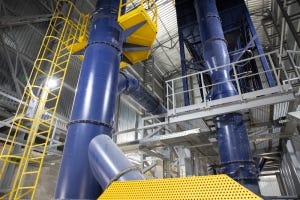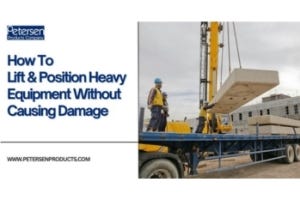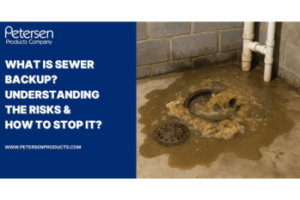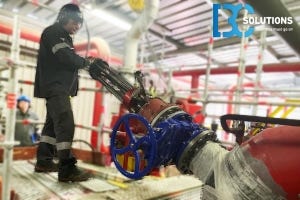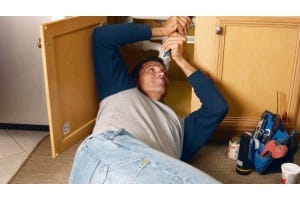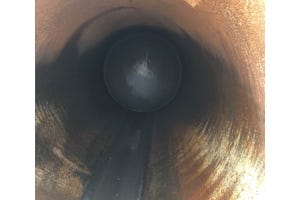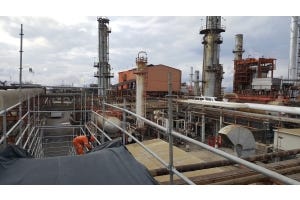Requirements for Executing a Line Stop


Line stopping is useful, but there are certain considerations to make beforehand. Learn about the various requirements for executing a line stop with this guide.
Line stopping is a process that allows pipeline operators to install or repair a section of pipeline without halting service. By isolating and bypassing certain sections of pipe, workers can perform maintenance without shutting down the entire system. This can save operators a lot of hassle and money, but only if done correctly. Line stopping is a dangerous process. To protect workers, customers, and the pipeline itself, operators must meet strict requirements before going forward with the line stopping process. Make sure you have everything you need for your procedure with this guide to the requirements for executing a line stop.
Service Must Continue
Though line stopping provides a convenient service by allowing workers to perform maintenance without shutting down the line, it’s also dangerous. Operators must deal with delicate equipment and extreme temperature and pressure levels. Furthermore, line stop failure can result in damage to personnel, equipment, and the surrounding environment. This is why pipeline operators must carefully weigh the risks of line stopping against the need to continue the pipeline’s service. Operators must complete a proper hot work risk assessment before beginning the line stopping process. You should also calculate the cost of the line stop procedure versus the cost of shutting down the line for maintenance. It’s crucial that operators take their time and consider all possible options before deciding that line stopping is the best option to complete the job.
Pipeline Condition Requirements
Many of the most crucial requirements for executing a line stop revolve around the pipeline itself. If your pipe doesn’t meet certain standards—such as minimum wall thickness, materials, and flow velocity—it is unfit for a line stopping procedure. Wall thickness is one of the most important issues, as this determines how well the pipe will hold up against welding and bearing equipment. The walls of your pipeline should be at least a quarter of an inch thick. You should also consider the flow velocity of your pipeline product. When product is flowing, it allows heat to move away from the welding site, which reduces the risk of igniting the product.
On the other hand, a flow velocity that is too high will cause rapid cooling and potentially create cracks in the welding site. Different products and pipeline materials will have specific minimum and maximum flow velocities, so pay attention to these requirements when planning your line stopping procedure. Finally, consider the line stopping equipment itself. Make sure you know the pressure and temperature capabilities of your line stop, as well as the load bearing capabilities of the pipeline. When your equipment is compatible with the operating site, you greatly reduce the risks of line stopping.
Line stopping can be a complicated job, but it’s an extremely effective and useful procedure when performed correctly. On top of meeting these requirements and obtaining all the relevant paperwork and permits, make sure you have high-quality equipment to help you get the job done. Contact Petersen Products today to find the line stop valves & inflatable pipe stops you need for successful pipeline maintenance.
The information may be used but with no warranty or liability. This information is believed to be correct but should always be double checked with alternative sources. Strictly adhere to and follow all applicable national and local regulations and practices.









